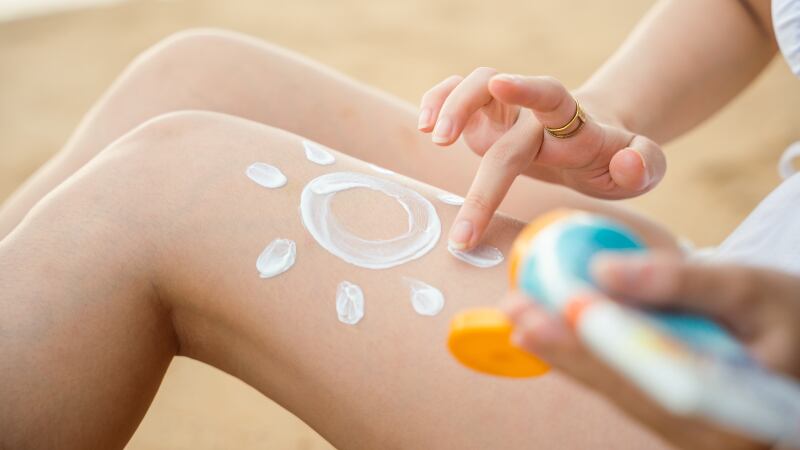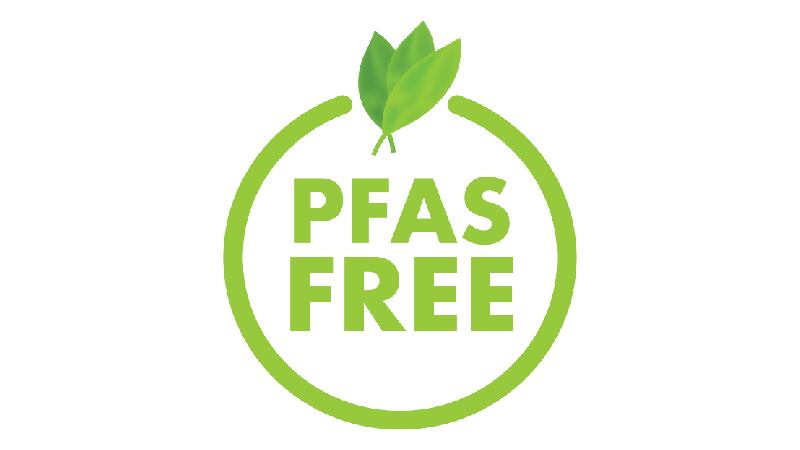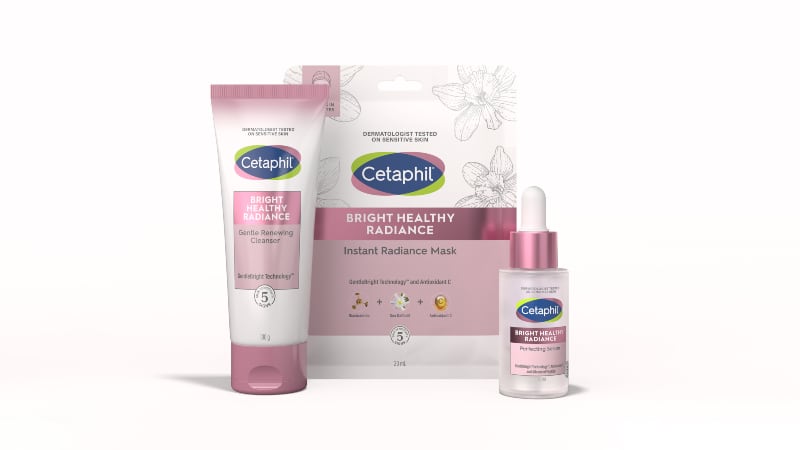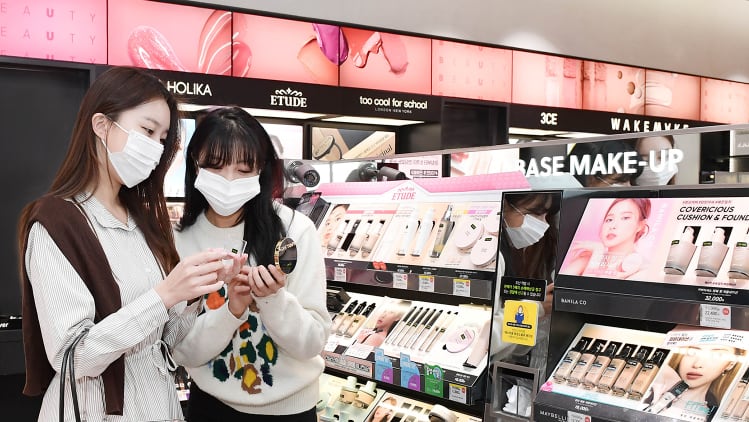It is the first time since 2018, when the MFDS-stipulated list of materials and standards of use was formally established, that a new sunscreen ingredient has been approved.
Presently, only raw materials stated in the list can be formulated in sunscreens. Cosmetic manufacturers who want to use a new ingredient must apply to the MFDS for assessment.
“After reviewing the submitted data on the safety and effectiveness of MCE, the validity of its use was recognised. Therefore, we have made an administrative Advance Notice of the draft amendment to the ‘Regulations on Cosmetics Safety Standards, etc.’ on May 4,” said the MFDS.
The authority will collect opinions on the proposed amendment until July 4 and complete the revision by the end of this year. The updated regulation is expected to be effective six months after the revision date.
According to the announcement, the usage limit for MCE is 3%. It is prohibited in products that may be inhaled into the user’s lungs, and that contain nitrating agents.
The ingredient is currently registered as a sunscreen raw material in Europe and 10 South East Asian countries, including the Philippines, Malaysia and Singapore. The usage limit in these areas is set at 3% or less.
Revisions for hair dye ingredients
In addition, the MFDS will include results from the safety review of nine types of hair dye ingredients in this draft amendment.
Among them, seven ingredients — namely 2-amino-4-nitrophenol, 2-amino-5-nitrophenol, o-aminophenol sulfuric acid, m-phenylenediamine sulfate, nitro-p-phenylenediamine, o-chloro-sulfuric acid p-Phenylenediamine, and Sulfuric acid 2-amino-5-nitrophenol — have been disallowed for use, as their genotoxicity could not be excluded.
Genotoxicity refers to the property of chemical agents that damage genetic information in cells, leading to adverse health effects.
The other two ingredients showed “no possibility of genotoxicity”, but based on scientific evidence and to ensure safety of use, the standards for usage limit have been tightened.
Specifically, the usage limit for sodium perborate-sodium perborate monohydrate have decreased from 12% to 7%, and that of hydrochloric acid 2,4-diaminophenol has reduced from 0.5% to 0.02%.
“The MFDS conducts regular risk assessments in accordance with the Cosmetics Act. On February 21, five hair dye ingredients (o-aminophenol, m-phenylenediamine hydrochloride, m-phenylenediamine, catechol, and pyrogalol) have already been designated as raw materials that cannot be used in cosmetics. This will come into effect on August 22.”





